This is the story of the slow, lingering death of a train station in Fredericton, New Brunswick, Canada… and its miraculous rebirth.
Introduction
The York Street station was built by the Canadian Pacific Railway in 1923 in Fredericton, in the West Platt area outside of the downtown core. The station is made of brick, with sandstone trim. It has a hip roof and is one of the few remaining brick stations in New Brunswick. The York Street side has a covered portico and the rear of the station was attached to a freight shed, added well after the station was built.
The station served Canadian Pacific (CP) trains only at the start. Canadian National (CN) had a station close to the train bridge across the Saint John River for many years, but in the latter years of passenger service, CN also used this station.
In the late 1950s and early 1960s, a CP passenger train ran between Fredericton and Fredericton Junction, where a passenger could take one of the trains between McAdam and Saint John. On the CN side, a Railiner (Rail Diesel Car, or RDC) ran between Newcastle and the York Street (“Union”) station via McGivney.
The station had two waiting rooms, one for men on the north (York Street) end, and the other for women, closer to the baggage room, with an agent/operator office in between. The washrooms were along the back wall. At the far (south) end of the station was the CP Express office.
Passenger Service Ends… and Returns
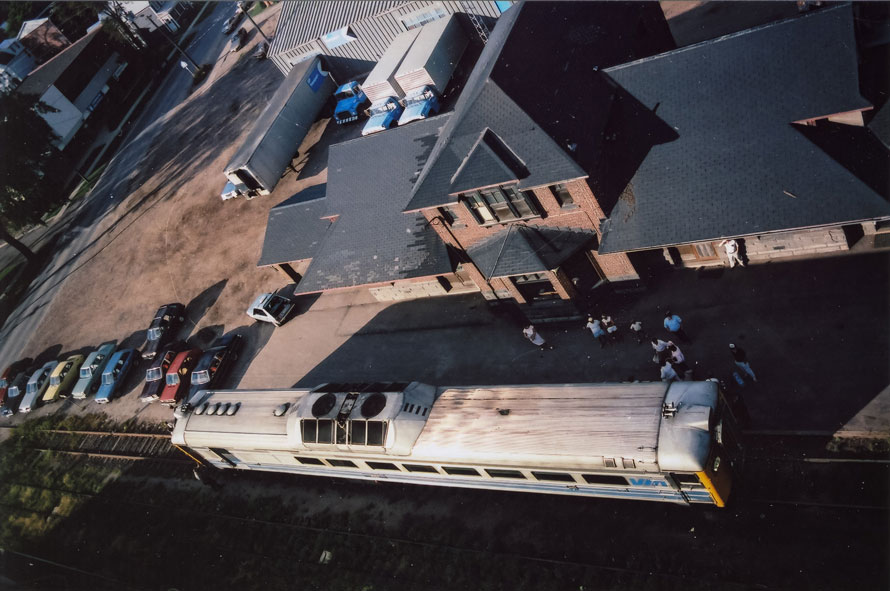
The end of passenger service to Fredericton came on April 28, 1962. After the service ended, CP used portions of the station for its own use. CP Telegraphs moved into the former men’s waiting room for a decade until they combined with CN Telegraphs into CNT and moved to Queen Street. CP Express moved into the metal building beside the station, which eventually became a recycling centre after CP Express was dissolved. I took my bottles there numerous times while I lived in Fredericton.
During this period from 1962 to 1981, in order to take a train, people would have to get to Fredericton Junction and catch CP’s “Atlantic Limited” or go to McGivney to catch CN 51 or 52.
Much to everyone’s surprise, rail passenger service returned to Fredericton in 1981. The VIA Rail “Atlantic” train between Montreal and Saint John was cancelled, and replaced with RDC service between Fredericton and Halifax, via Saint John and Moncton. This service lasted until 1985, when the “Atlantic” was restored.
VIA RDC service from Fredericton to Halifax began November 15th, 1981 and lasted until May 31th, 1985. From June 1st, 1985 to September 14th, 1985 there was RDC service that operated between Fredericton and Saint John only, mostly to give Fredericton residents transportation to the Canada Summer Games in Saint John.
Slow Decay
After passenger service ceased again, the station returned to CP’s internal use. The track to Fredericton was abandoned in 1993, shortly before the sale of CP’s remaining track to the newly-formed New Brunswick Southern Railway on January 1, 1995. With that sale, ownership of the station transferred to the new railway, which is owned by lumber conglomerate J.D. Irving Limited. The station remained unused and slowly decayed.
The area around the station was gradually parceled out and developed. I recall walking through the area and finding many rails still embedded in the ground, a few track bumpers sitting in weeds, and the foundation for the one-stall engine house still in place. Over time these have all been removed.
The station itself was protected against demolition by the federal Heritage Railway Stations Protection Act of 1985. This act prevents the demolition of a station, as long as it is owned by an active railway company. The Act has no provision for maintenance of the station, however, and no maintenance was performed on this station.
When I first took an interest in the station in 2001, it was fairly run-down and pigeon-infested, but the roof was mostly intact, and weeds were obscuring a lot of the freight shed. A sign by the West Platt Community Association hung on a door and proclaimed the station “Neglected but not forgotten”.
The station deteriorated rapidly in the period from 2001 to 2006. It was not easily visible from the street, however, and didn’t really register with most people until a feed mill, adjacent to the station, was demolished in 2003 or 2004. With the feed mill gone, the station was very visible to drivers on York Street. No doubt they were shocked by its poor condition. Calls for the station’s renovation or demolition appeared frequently in the press.
The Friends
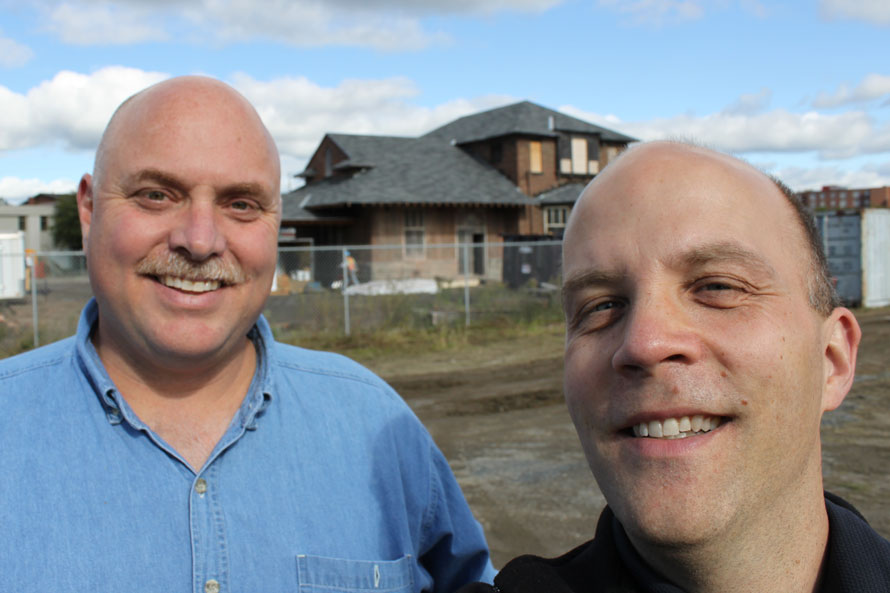
Several local groups, such as the Fredericton Trails Coalition, Fredericton Heritage Trust, and the West Platt Community Association, had an interest in restoring the station but nothing substantive was accomplished.
A new group, the Fredericton Friends of the Railway, was formed in 2004 and became another voice advocating for the station’s restoration. Bill Thorpe was a founding member and one of the key driving forces behind the Friends. Unfortunately, Bill passed away in December 2006 and did not see the station restored. Other key founding members were Jon Oliver and John Leroux.
I joined the group in 2006 and did what I could to publicize the plight of the station and encourage its refurbishment. I worked closely with the president, Tim Scammell, who was a tireless advocate for the station. We met with the province, the city, and whoever else would listen. I set up a web site and a blog and we had a mailing list to keep people informed and gather ideas.
In October 2007, the Friends hosted a public meeting. We were pleased that all three levels of government (city, provincial and federal) were represented, and J.D. Irving sent two representatives as well. Everyone present expressed a desire to move forward with the station and preserve this important building, but nothing beyond that was achieved. Several previous attempts to find a use for the station came to light, such as office space or a themed restaurant, but obviously none were successful. The cost of refurbishing the station was guesstimated at $2 million, and J.D. Irving wished to share that cost with an anchor tenant.
In late 2007, J.D. Irving commissioned an engineering study to examine the condition of the building, examine possible uses for the station and the costs involved. I was able to see a copy of the study after some time, and it confirmed that the station’s structural integrity was still sound, but it was likely to be compromised within a few years.
By 2008 there were gaping holes in the roof at the front of the station. Some tar paper repairs were made to portions of the roof, but these were temporary and did not last long. A fence was erected around the station to keep people out of it, as by this time the second floor had collapsed, and the ground floor was definitely not safe to walk on. The basement was full of water and no doubt polluted by pigeon droppings or worse.
During this period the Friends continued to advocate for the station, and I was interviewed by the CBC and the local paper, The Daily Gleaner. I frequently wrote about it on my blog, Confessions of a Train Geek. We sensed that a lot of discussions and negotiations were going on behind the scenes, but nothing was being said in public.
I moved to Winnipeg in July 2009, wondering if the station would ever be refurbished, or if one day the walls would collapse and that would be the end.
Refurbishment
On September 11, 2009 an announcement was made that the station was to be refurbished. NB Liquor was building a new store behind the station, and the station itself was to be refurbished and joined to the new store for use as a display area and for special events. The freight shed was to be removed, and replaced with a walkway connecting the two buildings. Ownership of the station stayed with J.D. Irving Limited and the province leased the station for twenty years.
Parks Canada reviewed the plans for the station to ensure they preserved the character of the station, and gave their approval to proceed.
Work began on the refurbishment shortly after the announcement. The front canopy and most of the roof was removed in December of 2009, with a new roof added in March 2010. The freight shed was demolished on July 13, 2010 and the foundation for the liquor store was poured in September. Many of the materials from the station were retained but a lot of it had to be completely replaced due to the advanced state of deterioration.
By May 2011 the majority of the interior work was done, with a lot of exterior work complete and landscaping in progress. By October 2011 the station was complete.
When I visited the station in early 2013, the station was being used for wine displays and special events. The interior walls were all removed to create a 1000 square foot meeting area, complete with audio-visual equipment and a state-of-the-art kitchen facility.
The station has been used for a number of functions, both private and public, such as theatre performances, wedding receptions, and numerous wine tastings. In mid 2017, NB Liquor decided to close the station to public use and renovate it as office space, while maintaining its heritage character.
I am very pleased that the station’s future is secure and that future generations will have this building to remind them that trains once frequented New Brunswick’s capital city.
Steve Boyko – Photographs and text Copyright 2017
Thanks to Tim Scammell, Danny McCracken, David Morris, and Wendell Lemon for their invaluable input and/or photos.
The story in photos - Click on photo to open in viewer.
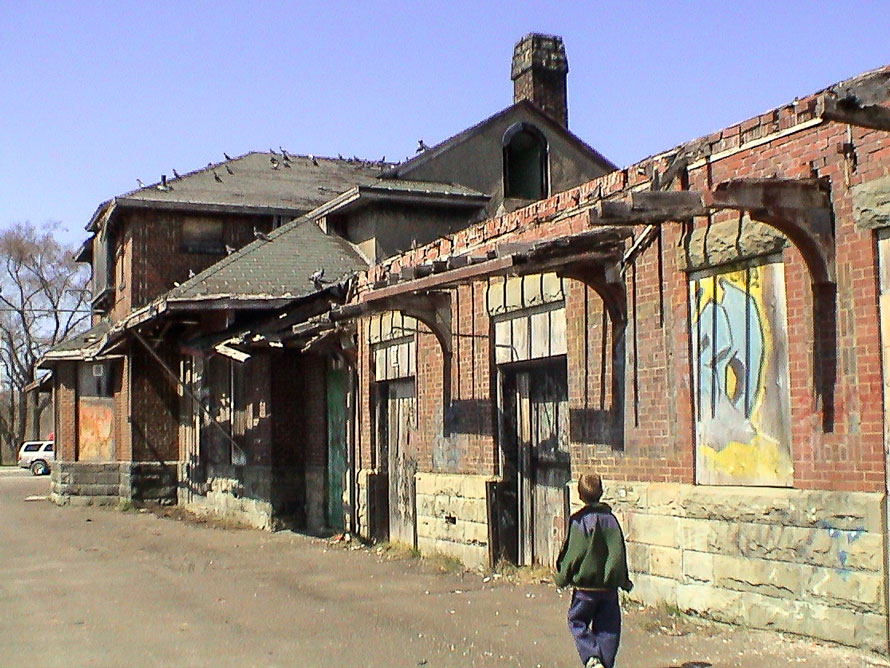
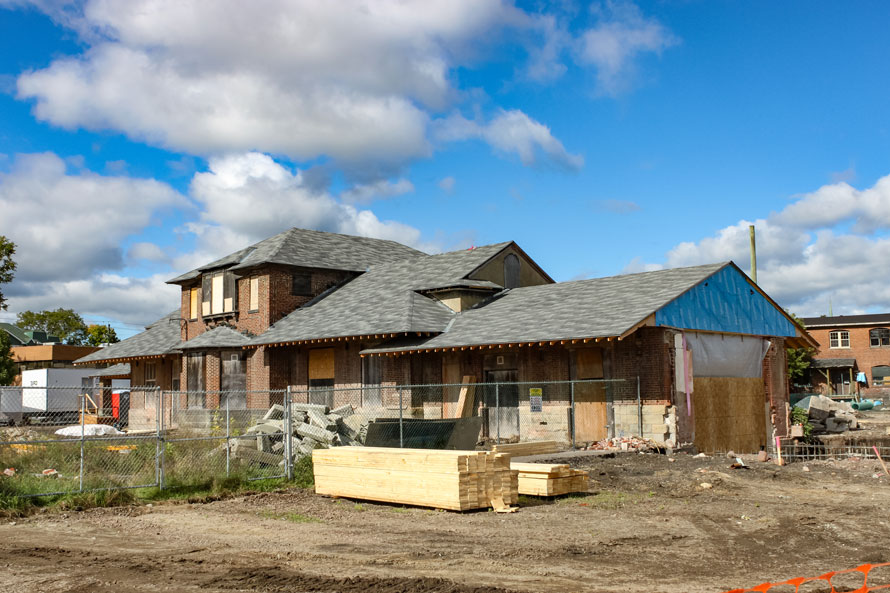
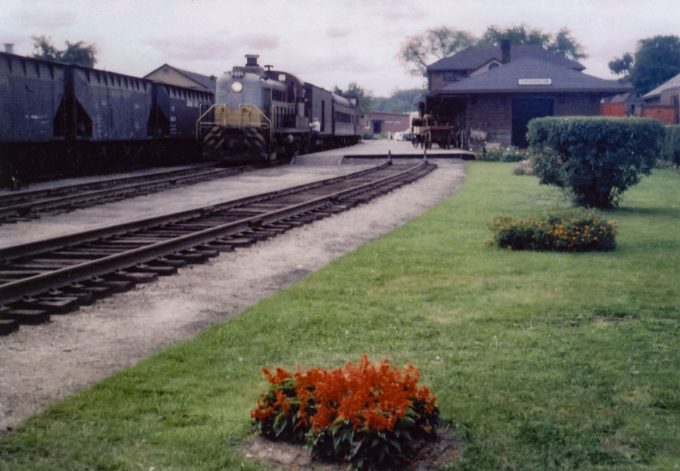
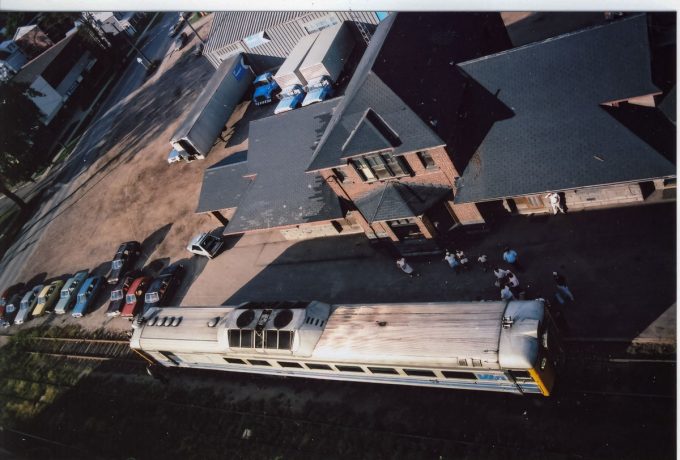
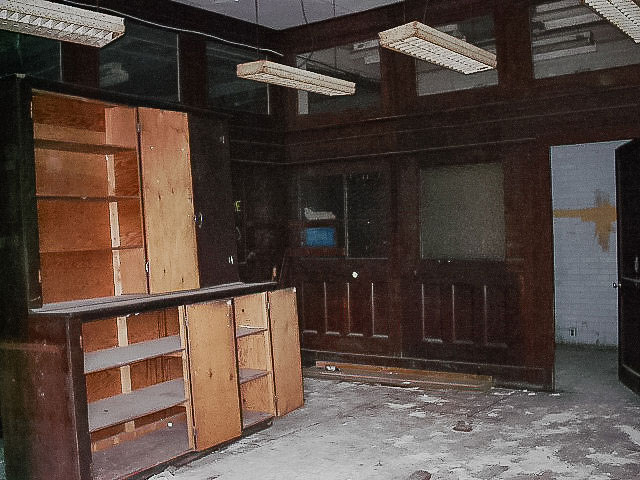
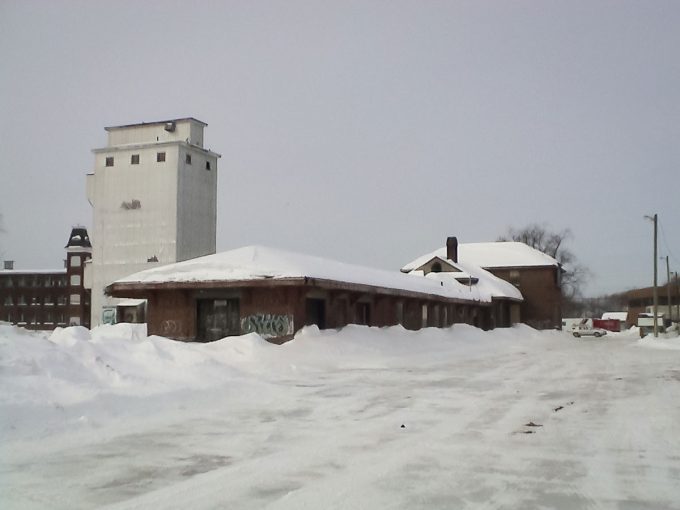
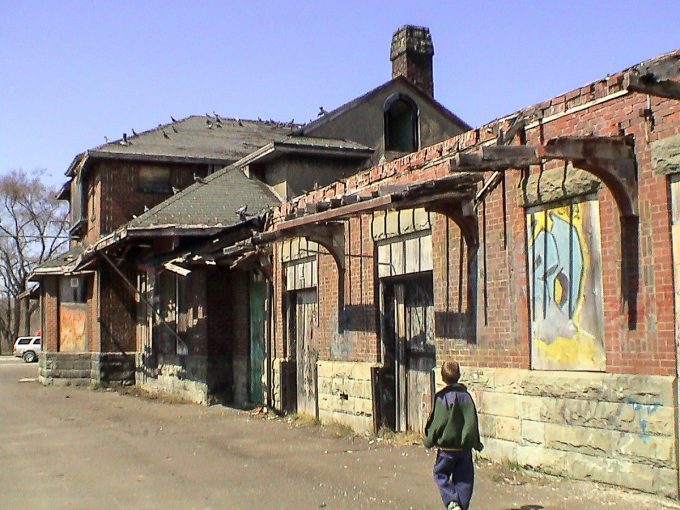
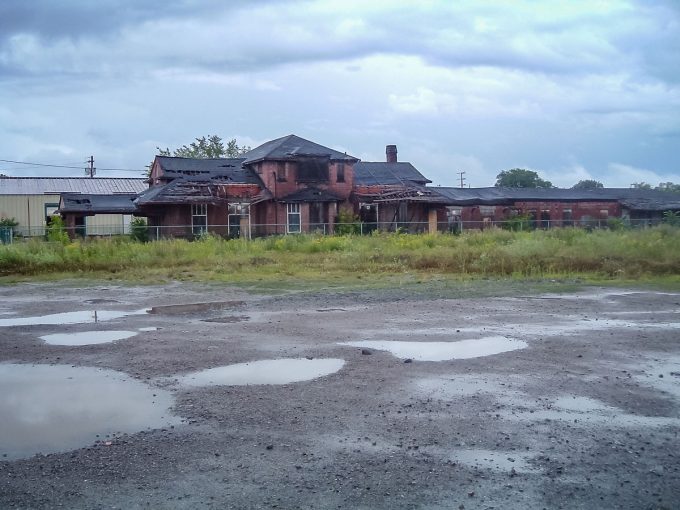
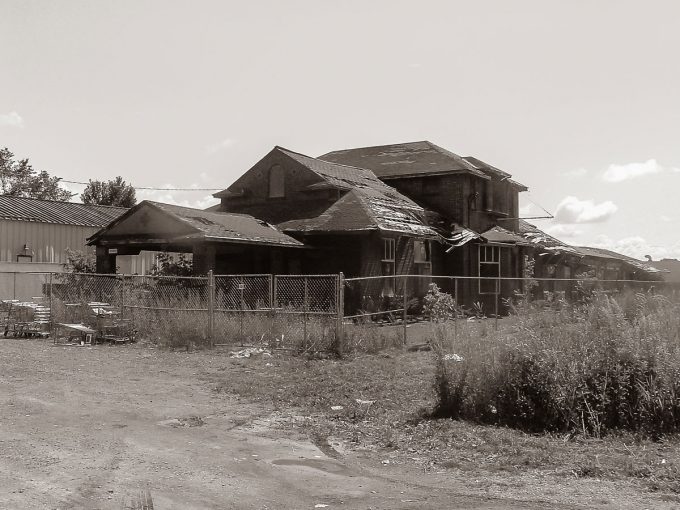
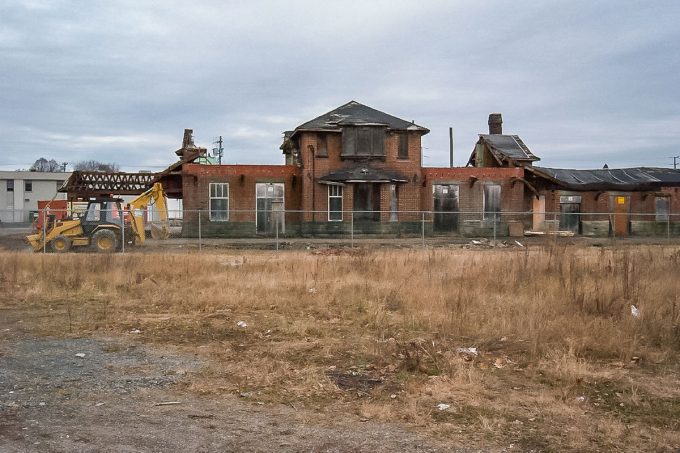
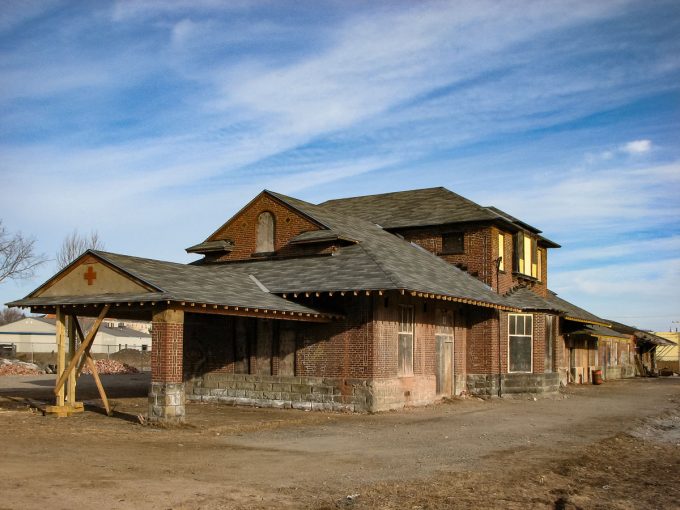
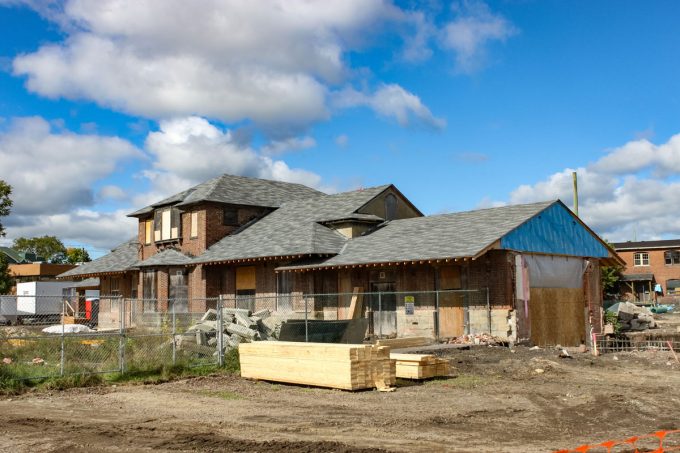
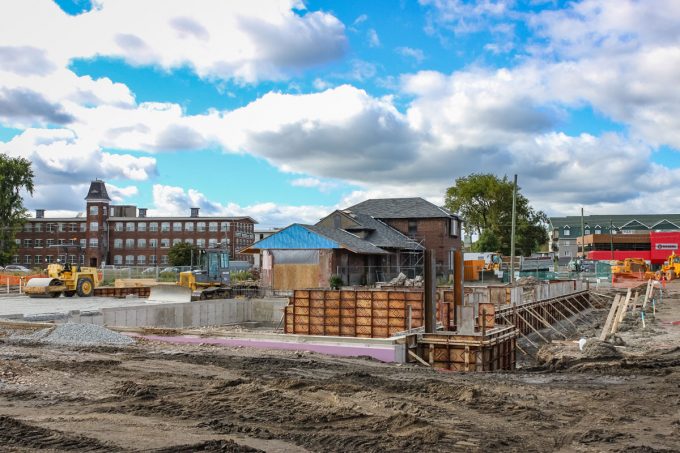
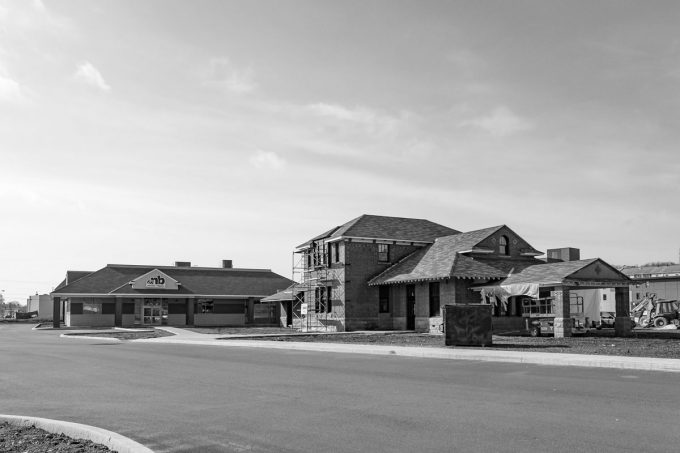
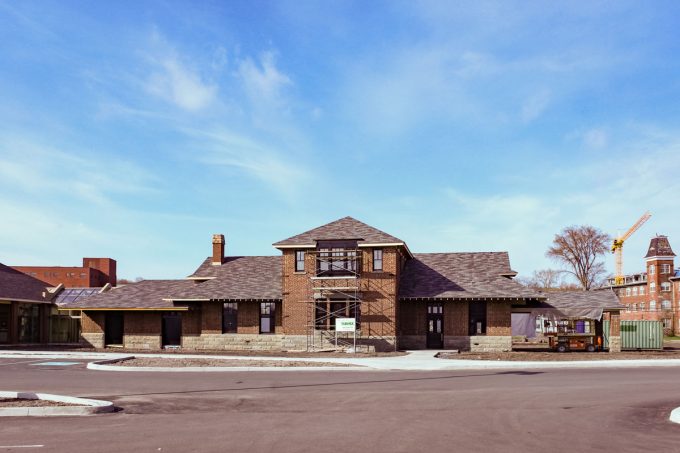
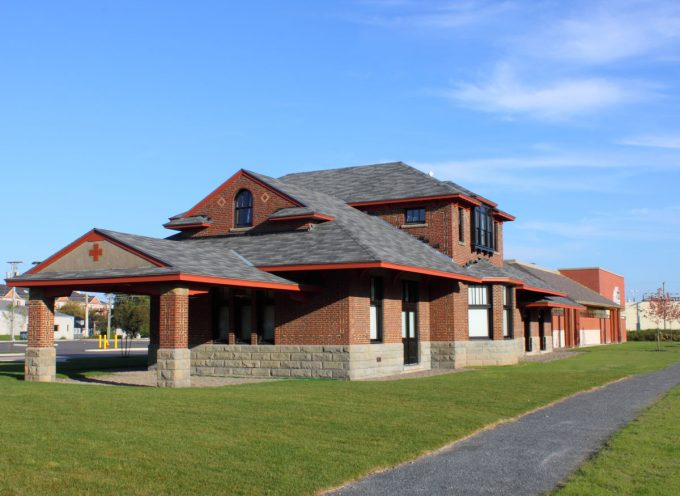
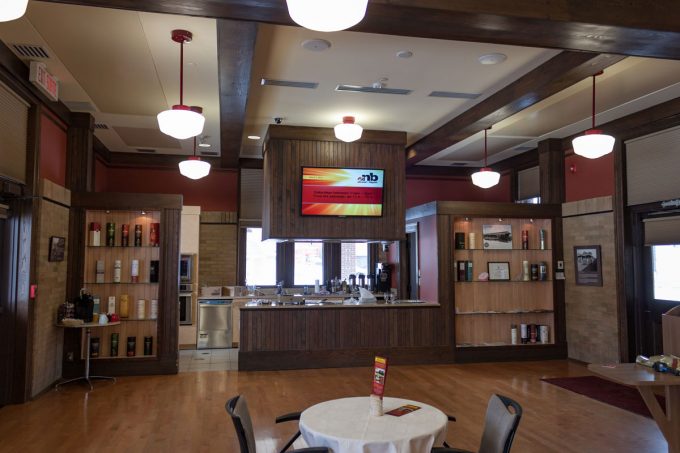
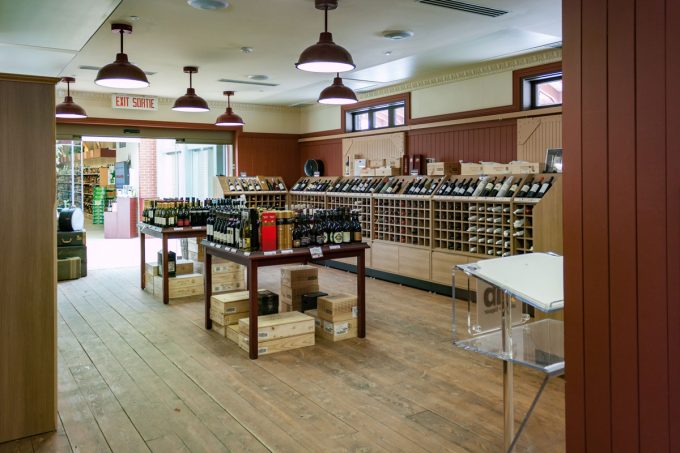
So nice to see the restoration of such a beautiful building. Kudos to all who worked to make this happen. Great presentation!
I’ve got to make my way over the Fredericton and check this out. We are capable of great things, given a realistic business plan, a service to provide, and an understanding of why we matter as individuals. “If not us, then who?”
This restoration team makes the rest of us proud.
Very nice station thought the addition of the Liquor store is unsightly. Seems the Irvings certainly got a nice deal to boot at the tax payers’ expense.